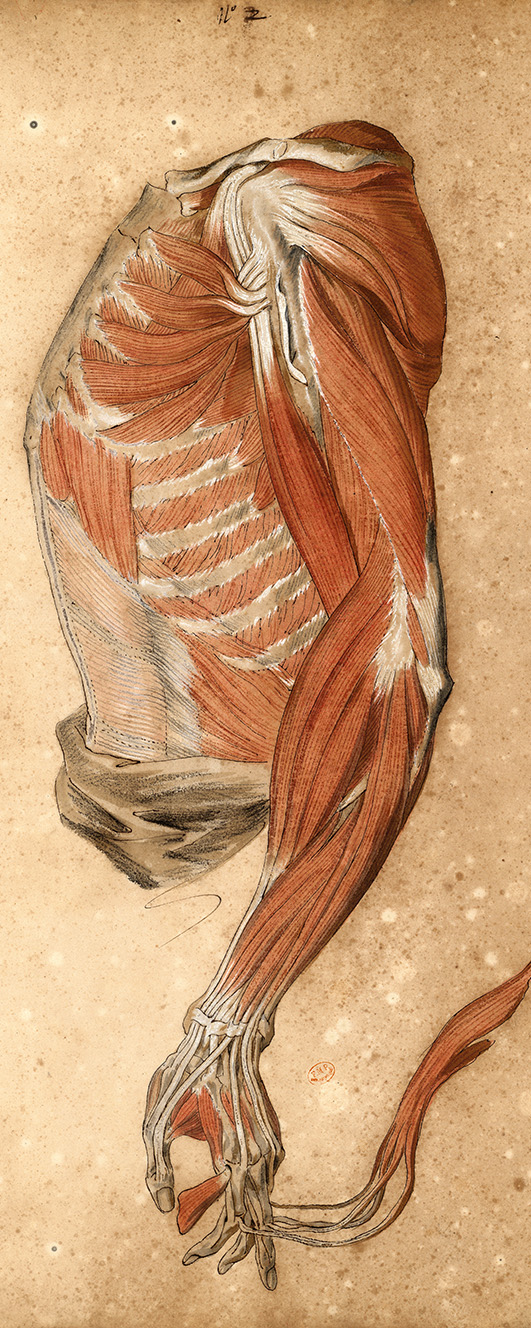Nicolaus Steno on solutes and solvents in time-related structural changes of muscles, fossils, landscapes and crystals, his galilean heritage

Published 2021-06-18
How to Cite
Copyright (c) 2021 Troels Kardel

This work is licensed under a Creative Commons Attribution 4.0 International License.
Abstract
In Part One of the Specimen of Elements of Myology, a book in three parts published in Florence 1667, Nicolaus Steno described the changes taking place between muscle relaxation and contraction in a two-stage geometrical model based on anatomical observations in man and animals. The ‘new myology’ was rejected by G.A. Borelli in 1680 and outright ridiculed by J. Bernoulli in 1694. The anatomical correctness and predictive value was rightfully acknowledged only towards the Millennium. In Part Two, the Canis …, Steno gave a detailed anatomical description of a giant shark’s head with focus on the likeness of its teeth and the so-called tongue stones, or “glossopetrae”, dug from the ground. Steno conjectured that remnants from sharks living in the past had become fossils due to chemical processes through interaction with the surrounding sediments at the bottom of the sea, presuming that the finding areas had been sea-covered. From studies in Part Three of reproductive organs in mammals, viviparous ray-fish and shark, he concluded that the so-called female testicles in women and mammals are analogous with ovaries of oviparous animals and should therefore be named accordingly. Two years later in the Prodromus De Solido intra Solidum, Steno described the transformation over time of sedimentary landscapes in Tuscany, and how crystals grow by accretion to the surface of entities derived from limpid sea-water or freshwater in caves. These are studies of time-related transformations of solids in organic and inorganic materials. However, such processes could not be documented by visual observation, since changes go too quickly in muscles, in the case of the landscapes because the transformations took place in the past. Thus, Steno and contemporaries put forward hypotheses on such hidden processes that were only gradually corroborated when fitting into a cluster of evidence. His considerations on crystal growth may have been triggered by an interest as a physician to know how saliva, gall and kidney stones are formed. Likewise, considerations on sharks’ replacement of their teeth could extend knowledge on dentition to bring a better cure for those who complain of being toothless. He emphasized the importance of mathematical methods to describe processes in the human body and cited from Galileo, Discourse on Bodies in Water (1612), in which physics outweighs Aristotelian rules to explain the interaction of solids and solvents. Likewise, Steno’s ‘New Myology’ was a showdown against an Aristotelean physical dogma from Physics VII: everything which moves is moved by another, which excluded fibre shortening in muscles and blinded researchers on muscle contraction for generations after Steno.




